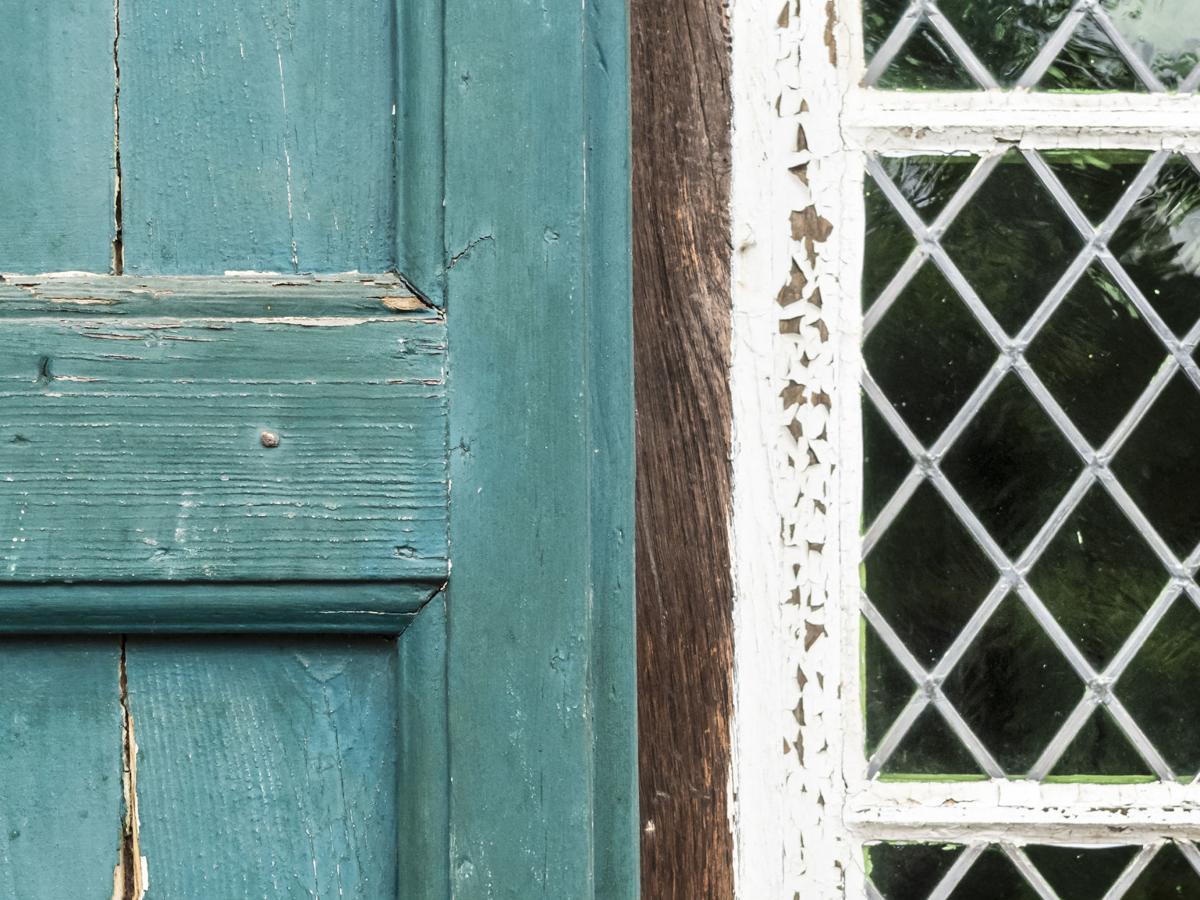If your home was built before 1978, lead paint might have been used during the construction of your house. If it was built as late as the 1990s, materials containing asbestos may have been used, too.
Common renovation, repair and painting activities like sanding, cutting, chipping and replacing windows, can disturb lead-based paint, and asbestos creating hazardous lead dust and chips can be harmful to adults, children and pets.
Question: My home was built in 1957. There are many layers of paint on the casement windows. Can I just scrape and repaint them?
Answer: Before you break out the chisel, there is some important information you need to find out first. The Environmental Protection Agency’s Lead Renovation, Repair and Painting Rule per federal law requires contractors that disturb surfaces in homes built before 1978 to be certified and follow specific work practices to prevent lead contamination.
Although the rule does not apply to homeowners renovating, repairing or painting their homes themselves, it is imperative to set up safely, control the dust and clean up completely.
Reduce the risk of lead exposure by hiring a certified lead inspector to check if lead paint is present in the area you want to work. If lead is present, it is highly recommended to have a trained and certified lead abatement contractor perform abatement before you begin work. You can find certified lead inspectors and abatement contractors at epa.gov/lead.
Q: How do I know if asbestos is in my home?
A: Asbestos is a mineral fiber that occurs in rock and soil. Because of its fiber strength and heat resistance, asbestos has been used as a fire retardant and in a variety of construction materials including:
- Insulation
- Roofing and siding shingles
- Ceiling tiles
- Vinyl floor tiles
- The backing on vinyl sheet flooring and adhesives
- Paper products
- Cement products
- Textured paint and patching compounds
- Walls and floors around wood-burning stoves
- Coated hot water and steam pipes
Unless it is labeled, it is nearly impossible to tell whether a material contains asbestos simply by looking at it. Err on the side of caution and treat the material as if it contains asbestos. Leave it alone until your home is inspected by a trained and accredited asbestos professional who will safely take samples for analysis.
If the suspected building materials in your home aren’t damaged and won’t be disturbed, there is no need to have your home tested.
For asbestos-containing material that is more than slightly damaged or if you are doing work that might disturb it, a trained and accredited asbestos professional is needed. Find asbestos professionals at epa.gov/asbestos.
Q: My house was built in 1973. I am aware that lead and asbestos-based products were probably used during construction. What precautions should I take when working on DIY remodeling projects?
A: As an example, if you are determined to remove popcorn ceilings or chip away old paint yourself, follow these safeguards outlined by the EPA to prevent asbestos and lead dust from spreading throughout your home:
Work Safely
- Remove everyone from the home while the work is being done.
- Remove all furniture, area rugs, curtains, food, clothing and other household items until cleanup is complete.
- Items that cannot be removed should be tightly wrapped with plastic sheeting and sealed with tape.
- Cover floors with plastic sheeting.
- For large jobs, construct an airlock at the entry to the work area with two sheets of thick plastic.
- Turn off forced-air heating and air conditioning systems. Cover vents with plastic sheeting and tape the sheeting in place with tape.
- Close all windows in the work area.
- When using a hand tool, spray water on lead-painted surfaces to keep dust from spreading.
Use the Right Equipment
- NIOSH-certified disposable respirator with a HEPA (High-Efficiency Particulate Air) filter (N-100, R-100, or P-100).
- HEPA filter-equipped vacuum cleaner. Regular household vacuums may release harmful lead particles into the air.
- Wet-sanding equipment (e.g., spray mister), wet/dry abrasive paper, and wet sanding sponges for “wet-methods.”
- Two buckets and all-purpose cleaner. Use one bucket for the cleaning solution and the other bucket for rinsing. Change the rinse water frequently and replace rags, sponges, and mops often.
- Heavy-duty plastic sheeting, heavy-duty plastic bags, and tape.
- Protective clothing, shoe covers, hats, goggles, face shields, and gloves. Launder separately from the regular load.
Bottom Line: Always call a professional first before dealing with potentially hazardous materials.





